East Bay Native Pollinators
The East Bay is home to many native pollinators – find out what you can do to help them thrive.
Pollinators play a vital role in pollinating flowering plants – that is, carrying pollen from the male part of the flower (stamen) to the female part of the same or another flower (stigma). The most well-known pollinators are those we see frequenting our gardens – bees and butterflies. But there are other types of pollinators too, including other closely related insects, birds, mammals, wind and even water.
Local native pollinators have co-evolved with their native plant counterparts for millions of years, and are perfectly evolved to help each other thrive. Pollinators that seek out the pollen from flowering plants inadvertently transfer pollen from plant to plant, enabling plants to reproduce. Pollination also helps plants to produce genetically diverse seed, which improves the overall resilience of the plant population. What’s more, the fruits and seeds that plants produce form the diet for many other creatures that depend on it to survive.
The East Bay is home to many species of native pollinators, so if you’re planning a garden for your home, work or a public space, planting natives is the best thing you can do to help pollinators thrive. By planting natives, you also create a garden that is resilient and adapted to the environmental conditions in your area.
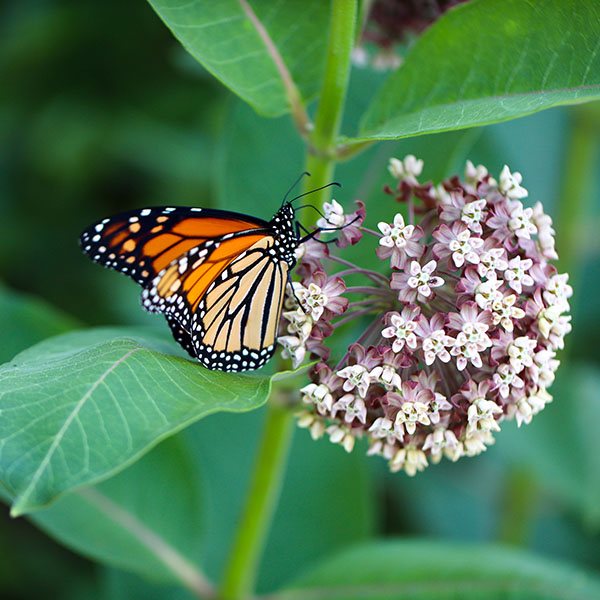
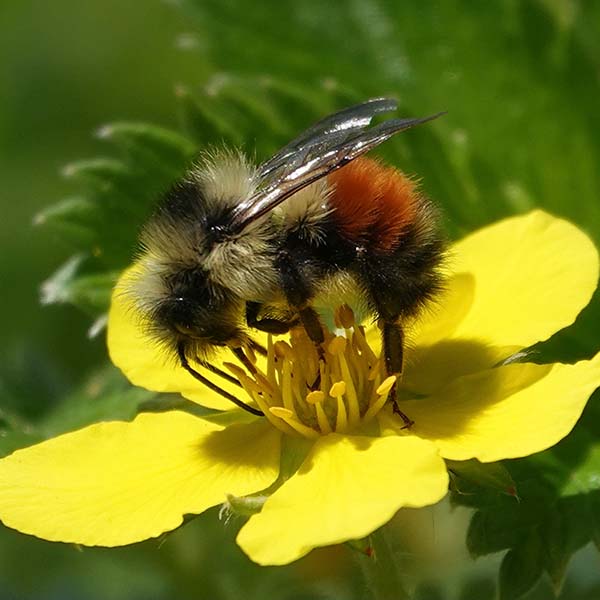
Bees
Bees are the ultimate pollinators – their bodies are covered in fine hairs that are perfect for collecting and carrying pollen from one flower to another. The Bay Area hosts around 90 species of bees, from five of the seven families of bees worldwide. While Western honey bees (Apis mellifera) are the most recognizable species, they’re actually not native to North America at all, having been introduced from Europe in the 1600s.
While most people may think of bees living in a communal hive, there is actually great variability in the behaviors, habitats and lifecycles of bees. Approximately 90% of bees live a solitary lifestyle and require unique conditions in order to survive.
Find out more about East Bay native bees, and what you can do to create a bee-friendly garden:
Butterflies
Butterflies are not as efficient as bees at pollination, largely due to their physical characteristics. Butterflies have a larger wingspan, longer legs and lack the specialized structures for collecting pollen compared to bees, so typically visit a smaller range of flowers that are suitable for them to land on. Butterflies seek out nectar as their flight fuel, and in doing so transfer pollen from flower-to-flower, albeit in smaller amounts than bees.
Many butterflies are plant specialists – they need specific species of plants for their caterpillars to feed on. This specialization and the fact that many butterflies are migratory makes them more susceptible to environmental disruptions that destroy their habitats and food sources.
Learn more about East Bay butterfly gardening:

Did you know?
The California Pipevine Swallowtail (Battus philenor hirsuta) is a butterfly that is endemic to Northern California. Its caterpillars feed on only one plant - the California Pipevine (Aristolochia californica).
Insects
Other types of insects closely related to bees and butterflies also play their part in pollination, including ants, beetles, flies, moths and wasps. Similar to bees and butterflies, insects are attracted to the color, scent, shape and size of particular plants and feed on the nectar that they produce. In doing so, they carry pollen from flower to flower (or within the same flower), fertilizing the plant.
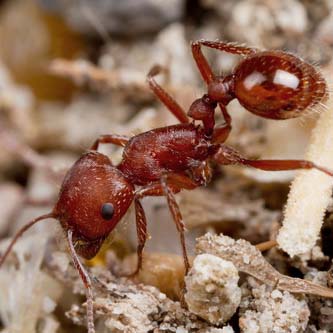
Ants
Ants are a great example of insect pollinators – they form social groups and are industrious about collecting nectar from plants. Ants typically visit inconspicuous flowers that are low growing and close to the stem, given that they don’t have wings to carry them.
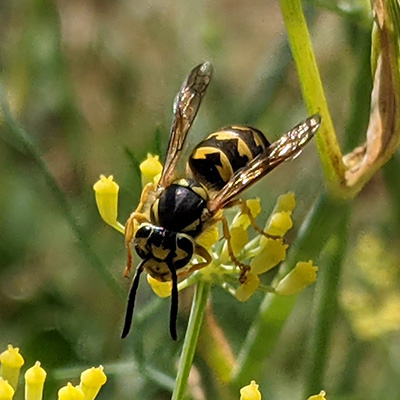
Wasps
Similar to their four-winged bee friends, wasps are also important pollinators. Many wasps look very similar to bees, but lack the fine hairs that bees have, making them less efficient at pollination. Wasps have high energy needs, and depend on pollen and nectar from a variety of plants to fuel their flight. They are also omnivores in that they use their stingers to capture other insects to feed their larvae, in addition to nectar.
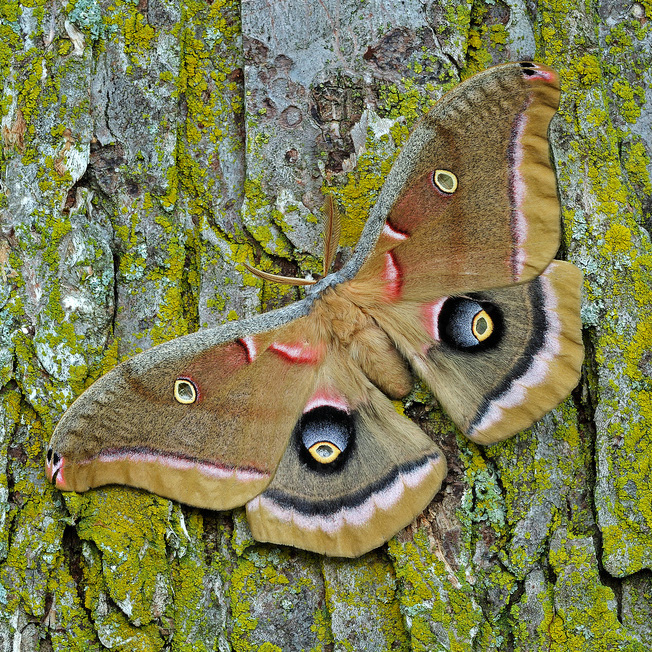
Moths
Moths are also important pollinators and are closely related to butterflies – they both belong to the order Lepidoptera. Many moths are nocturnal, only emerging at night to carry out their pollination duties. As such, they are typically attracted to flowers that open at night.
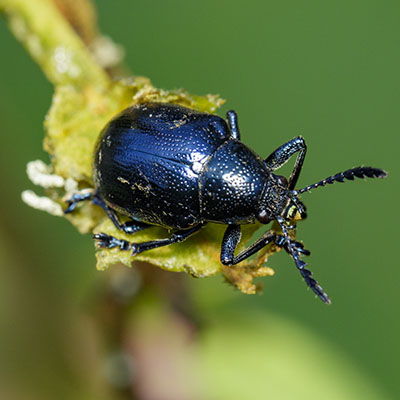
Beetles
Beetles are some of the earliest pollinators of angiosperms (flowering plants). They often eat through petals and flower parts, in addition to feeding on the nectar. They are attracted to bowl-shaped flowers and those with a strongly fruity scent.
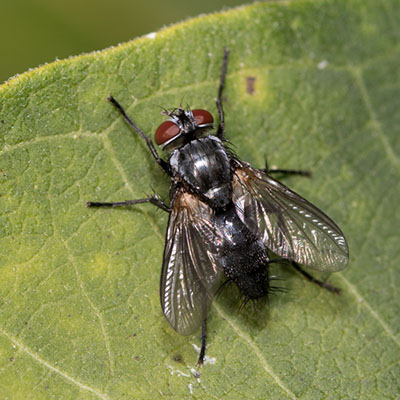
Flies
Flies also play a role in pollination, with some species mimicking or masquerading as bees and wasps. You can tell the difference between flies, bees and wasps by the number of wings – flies have one set of wings, whereas bees and wasps have two sets. Some flies mimic bees very well and are extremely hairy, making them effective pollinators.
Birds
Birds are important pollinators, and throughout the continental United States, hummingbirds are the most effective at pollination. Hummingbirds have evolved their long slender bills to be able to access nectar from tubular flowers that are harder for other pollinators to reach.
Hummingbirds are attracted to the color red, so you’ll often notice them frequenting the red flowers in your garden! Hummingbirds are also very small, weighing two to eight grams. They need to feed on nectar all day long in order to fuel their high activity levels – their hearts pump 1200 times per minute, and their wings beat 70 times per second.
Hummingbirds are also fiercely territorial, and will fight to protect their food sources and breeding grounds from other hummingbirds, or other birds in general.
The East Bay is home to five regular species of hummingbirds, and there are a variety of native plants that attract them.
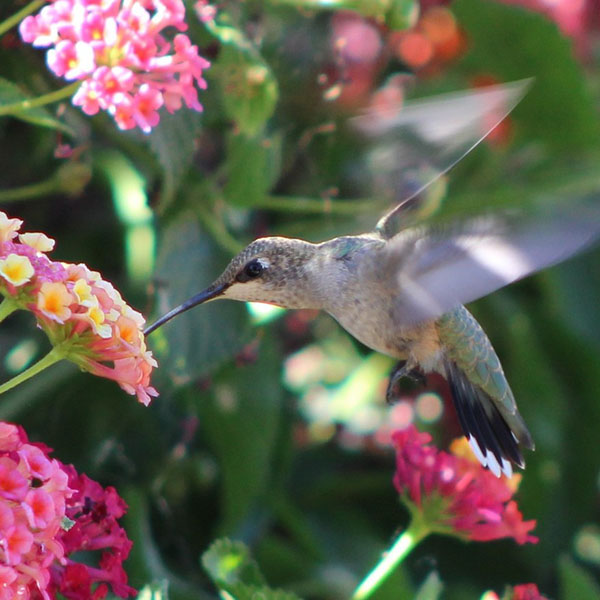
Wind
Many trees, grasses and flowers are pollinated by wind. Wind pollination is thought to have evolved from insect pollination due to changing environmental conditions, such as a decline in insect pollinators, plants transitioning from windy to non-windy conditions, plants flowering before pollinator emergence, and increased competition between plants for pollinators. Male wind-pollinated plants typically produce large amounts of pollen before leaf emergence, so that the pollen can be transported to the female plant uninhibited by foliage.
Wind-pollinated flowers are typically small and inconspicuous, lacking the color, odor and nectar of their insect-pollinated counterparts. Their stigmas are typically large and feathery, evolved that way to catch the pollen grains on the wind.
Help local pollinators by planting natives
Pollinators are vital to not only native ecosystems, but agricultural systems – our food depends on pollinators. There have been drastic declines in pollinator populations over the past few decades, largely as a result of the widespread use of pesticides, the introduction of exotic pathogens and the fragmentation of the natural ecosystems that pollinators depend on.
We need to have a systematic way of thinking about the interaction between pollinators and native plants as a whole, rather than focusing on single issues or species. By planting a diverse range of native plants in your garden, workplace or public space, and protecting native plant habitat in the wild, you can help to build ecosystem resilience and mitigate biodiversity loss and climate change. The earth is inherently capable of restoring itself, if only we take the right steps to protect the natural world, and allow it.



